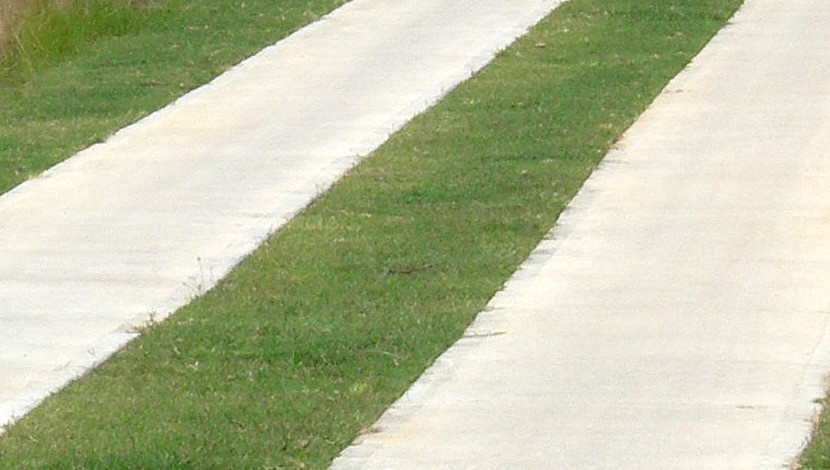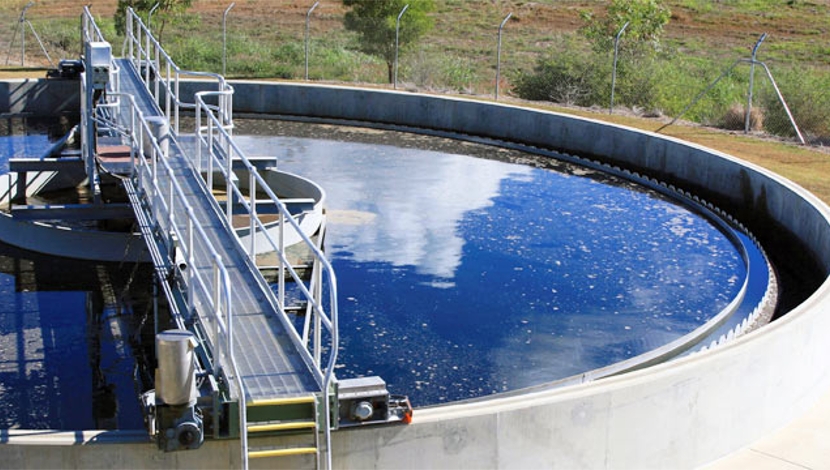

South Africa has yet to fully discover and utilise the benefits of concrete strip roads, says Bryan Perrie, MD of The Concrete Institute.
Perrie says concrete strip roads, laid as wheel tracks, are economical and durable and are particularly suitable as farm roads or roads in rural areas.
“They can, therefore, be of invaluable use to the agricultural sector as well as to communities living in outlying rural areas,” Perrie states.
He says that although concrete strip roads have proved themselves in many countries, the South African governmental road building sector as well as private land-owners have not yet fully appreciated the advantages of, or fully utilised, concrete strip roads. Such roads are a particularly useful means of making steep rural farm roads passable in all weathers.
“In the wet summer months, many potential visitors to inland private game reserves avoid visiting the reserves and lodges with sedan vehicles for fear of getting stuck in the mud. Concrete strip roads, particularly in very muddy areas, could therefore boost tourism numbers.
Strip roads are widely used in, for example, SANParks resorts like the Mountain Zebra National Park near Cradock, KZN Wildlife Ezemvelo resorts such as in the Drakensberg and at the iSimangaliso Wetland Park at St Lucia, as well as at the upmarket Pezula Private Estate near Knysna on the Garden Route,” Perrie, who acted as consultant for the construction of the Pezula strip roads, adds.
“Strip roads can be built without expensive or sophisticated equipment and by comparatively unskilled labourers who have received only basic instruction. No reinforcement of the concrete is necessary. Furthermore, laying the strip roads can be done in short lengths, so their construction can be slotted in whenever labour and time are available.
“The strip roads can be made relatively skid-resistant simply by wood-floating the concrete as a final operation. For a strong skid-resistant finish, the concrete can be broomed transversely to the direction of traffic to produce a multitude of fine grooves across it. Light cars and LDVs can, under normal circumstances, use new concrete strip roads after three days of curing, and trucks of 1,5-ton capacity after seven days of curing.”
The Concrete Institute has in its collection of free advisory brochures, one title Concrete Strip Roads for the Farm which is dedicated entirely to building these roadways. Call the Institute’s Info Centre on +27(0)11 315 0300 or email info@theconcreteinstitute.org.za for a free copy, or download it free of charge from the website www.theconcreteinstitute.org.za
More information from Bryan Perrie, Tel:+27(0)113150300/www.theconcreteinstitute.org.za





